Nothing serves the rich, nutritious flavor of corn better than a fresh piece of cornbread! With food so unique, it is almost a mystery concerning how to preserve the taste until a few days later. Should we refrigerate it, freeze it or let it be in a cozy, wooden basket until eaten? To find the answer, we evaluated all sorts of cornbread storage techniques, and here's what we found.
You can store cornbread at room temperature for up to two days. Refrigerating cornbread extends this duration to a maximum of 4-5 days. Thus, if you intend to eat the bread as soon as possible, you can skip refrigerating it.
However, if you wish to prolong its shelf life further, you need to look into more efficient means of storage, like freezing. Otherwise, the bread will develop mold and expire.
It begs the question, what could be some more efficient storage techniques? Most importantly, does appropriate storage mean the bread will never turn bad? To answer that and much more, continue reading our in-depth analysis of effectively hoarding cornbread.
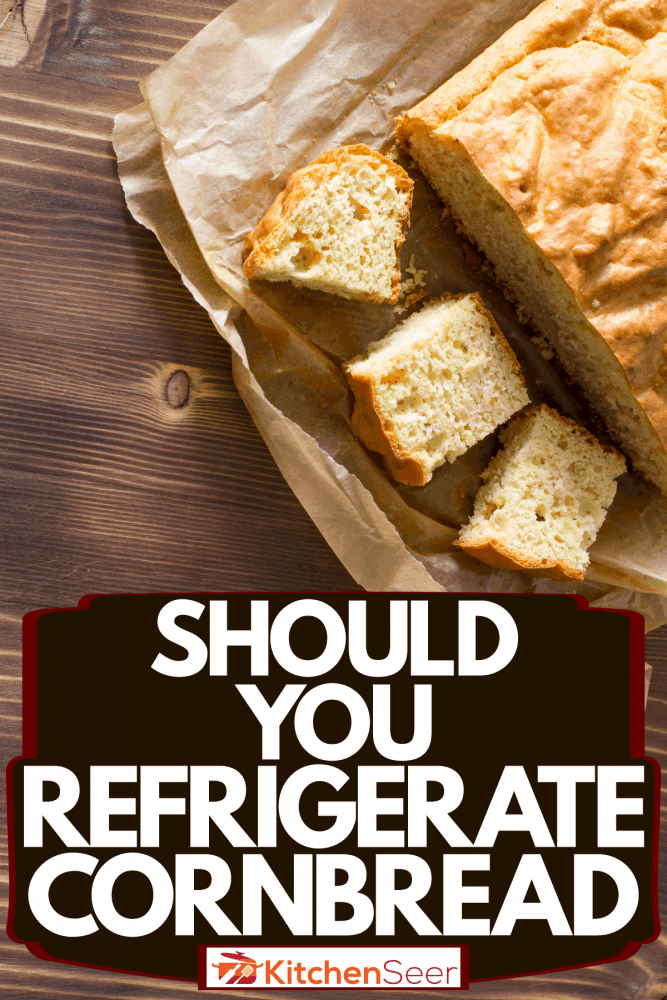
What Is the Best Way To Store Leftover Cornbread?
If you’re looking to store leftover cornbread, chances are you only need a day or two extra to devour it. In this case, you should consider refrigerating it.
Use the same wrapping techniques as the pantry and fetch an airtight container from the kitchen. They are feasible, easy to store, and most importantly, easy to see. You don’t want to save cornbread only to forget about it later, ever!
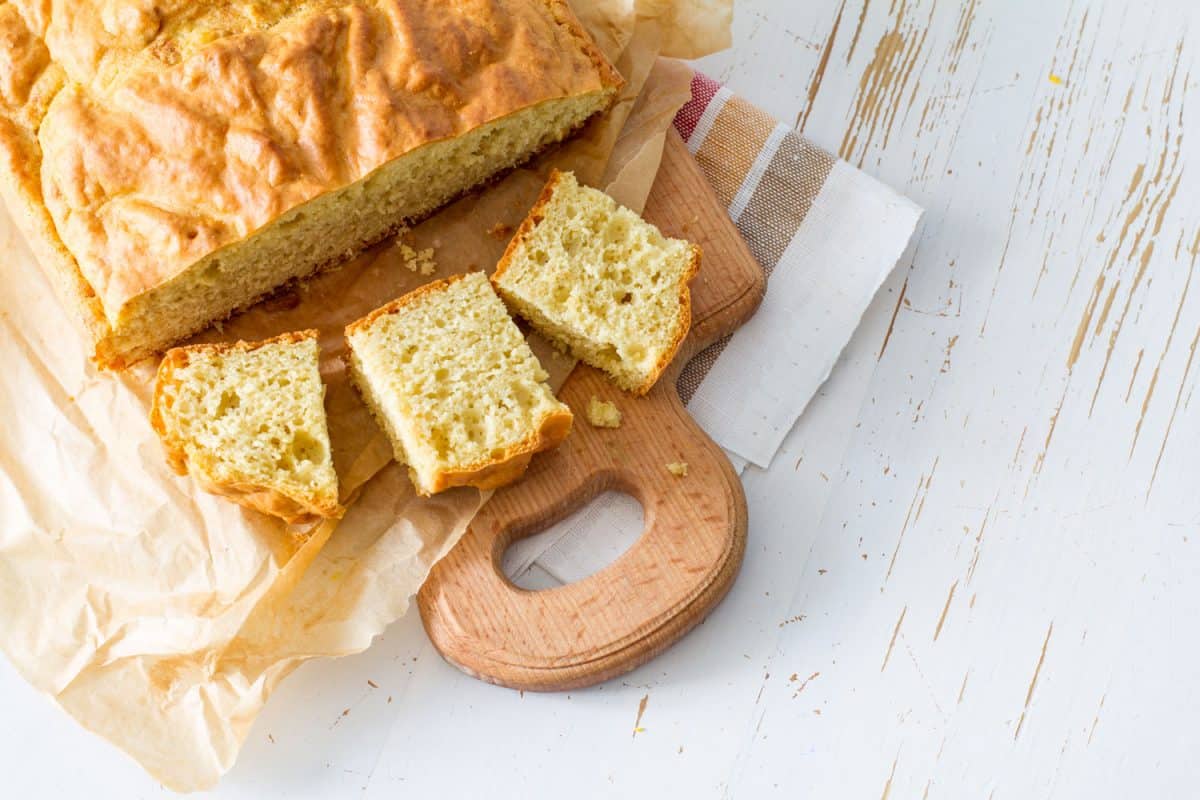
How Long Does Cornbread Last in the Refrigerator?
Typically, refrigerating adds a couple of extra days to your cornbread life. If you make a batch that lasts for two days, you may be able to stretch it to 5 days in the refrigerator.
Storing Cornbread in a Pantry
Storage isn't a concern if you plan on devouring the cornbread within the day. Store it in the pantry where the temperature ranges from 68-73 degrees Fahrenheit.
If you live in a moderate climate zone, this would not be a tricky feat. Store it away on any empty shelf space, and it is good to go. However, you would want it to be an accessible area since the shelf-life of cornbread is merely two days. If you live in a warmer region, be very particular about the method described.
You can make your choice of wrapping material between aluminum foil, plastic wrap, or even a plastic bag. Make it a heavy-duty option to keep out unwanted moisture. Also, try investing in a BPA-free plastic product for enhanced food safety.
With all those tricks in mind, follow these simple steps:
- If your cornbread is still warm, allow it a few minutes to adjust to the room temperature.
- Grab for your preferred packaging. Remember to consider accessibility and storage space when deciding this.
- Use a twist tie, a ribbon, or any form of string to secure any open ends that could let air inside.
- That's it! Let it rest on the pantry shelf where sunlight exposure is minimal. If that is hard for you to manage, store the wrapped cornbread into a bread box before putting it in the pantry.
Freezing Cornbread
For long-term storage of cornbread, freezing is your best bet. The USFDA approves food frozen at 32 degrees Fahrenheit. That is as long as they do not show visible signs of spoilage. Frozen cornbread lasts for at least three months, which is more than 15 times its original lifespan.
Thus, you not only get to utilize leftover muffins from breakfast but also store extra batches for future convenience. However, only begin the process once the cornbread is at room temperature. Saving bread that is too warm in a freezer is counterproductive. It would result in stale, dry, and freezer-burned cornbread.
You’d need more than a simple tray to freeze if you’re looking to savor that spongy texture even a month later. Similar to refrigerating, you could go for an airtight container or choose a more feasible Ziploc bag.
Specialized heavy-duty freezer bags are readily available to preserve perishable foods. They not only help in easy and long storage but also sustain the freezing temperature.
Click here to get your freezer bags from Amazon.
Remember that defrosted cornbread can not be refrozen. Thus, when portioning the bread, keep in mind the frequency of your use. Once done, wrap it up with a plastic wrap or cling film and zip it into the freezer bag.
A Vacuum Sealer
Convenience in the kitchen is always welcome. Thus, if you invest time and money into storing your cornbread, invest bigger and smarter.
Click here to see the Foodsaver Vacuum Sealer Machine.
With its perfectly tight seal, you are blocking out unwanted air and moisture. Thus, your plastic bag doubles as a safeguard, efficiently protecting the food from mold and bacteria.
How Can You Tell if Cornbread Has Gone Bad?
Should you notice three symptoms appearing in your cornbread, you should know it is spoiled. Let us dissect each.
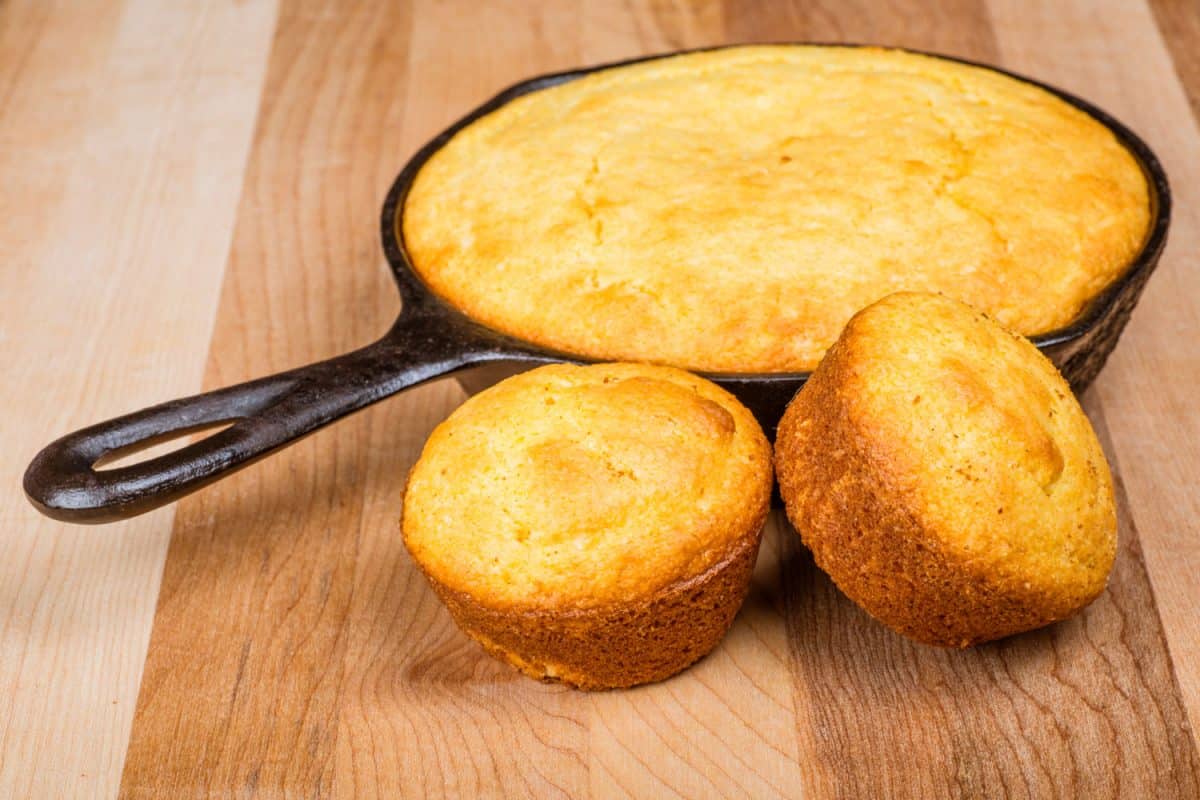
Mold
Mold, the customary spoilage sign for all types of bread, makes an appearance in cornbread too. It will begin as a mild discoloration but slowly turn into an inky, green patch. It is a single root but slowly spreads across the whole surface.
If you notice only a small portion of the bread becoming moldy, it is not to say that every piece stored with you is bad. However, any batches made the same day or in the same round should immediately be disposed of.
Moisture
Cornbread that comes straight out of the oven is a soft, crumbly delight. It has a distinct spongy texture that is not to be confused with sticky. The appearance of moisture is, in fact, a telltale sign of possible spoilage.
Is the stickiness of the bread the same on the inside as it is on the outside? If not, it could be considered a warning to finish the bread within the next few hours before it is no longer consumable.
Smell
If all else fails, the rancid odor would be the biggest giveaway. All signs of sour and unpleasant smell mean the bread has gone bad.
Warning Signs
Once spoiled, do not consume the cornbread as it may result in danger. Follow a proper cleaning procedure to get rid of spoiled food and any possible sites for mold.
Yet, you can save the cornbread before the damage is irreversible. Here are a few tips:
- Before turning bad, the bread would go stale. Thus, any deviations from the standard cornbread texture should be warning enough to finish eating it.
- If a bite of cornbread leaves you with a sour after-taste, it is again a warning for its nearby expiration.
- If stored correctly, with no air passages left behind, cornbread will easily complete its shelf life.
How Do You Soften Hard Cornbread?
Who doesn’t want to recapture the soft, dense texture of freshly baked cornbread? Well, a perfect imitation may not be possible, but we can surely soften up the bread.
Before you start working with one of the three ways mentioned below, here’s a trick. Use a wet kitchen towel and gently dab it over the bread you want to heat. This method will let the cracks loose to allow the reheating to do its magic.
Oven
- Preheat oven to 350℉ and prepare a tray with parchment paper.
- If you have the bread in portions, place all of them on the tray with sufficient spacing. If the loaf is intact, you can choose to reheat it as a whole.
- To maintain the color and shape of the cake, cover the top with aluminum foil.
- Bake for no more than 10-15 minutes.
Microwave
- Set the microwave to the reheat setting.
- Put the cornbread into a microwave-friendly dish. Opt for doing several rounds instead of overfilling the dish.
- Cover the top with plastic wrap or a glass dish to keep the aesthetic of the cake intact.
- Let the microwave go on for at most 20 seconds.
Stove
- Get a non-stick iron pan and lightly grease it with some butter.
- Once the pan is hot, put your bread on and cover the lid.
- Let it rest for a few seconds before flipping them over.
- Repeat the process for the other side, taking only a minute or so altogether.
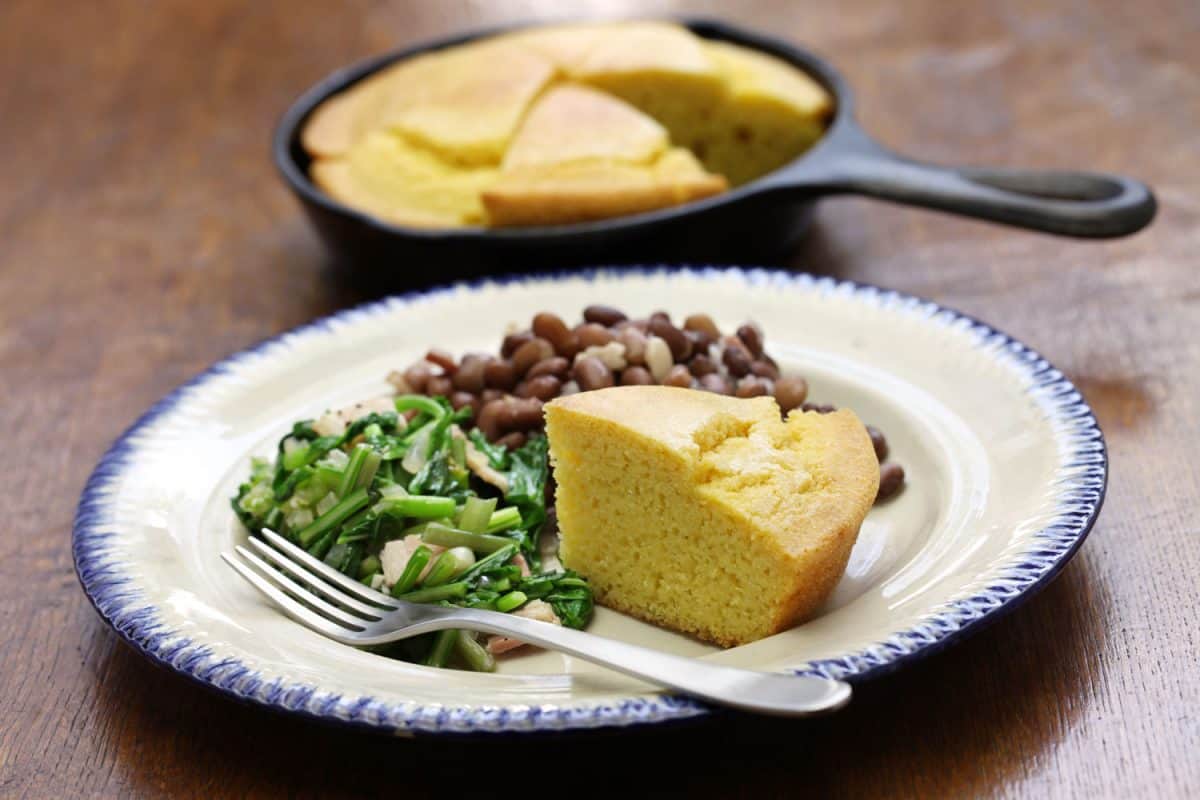
What Is Good To Serve With Cornbread?
Cornbread meals are a subject of much contradiction among enthusiasts. In the Northern style, each recipe calls for its own distinct sweetener while the Southerners like their bread savory. Regardless, there are some classic cornbread combos that neither of the parties holds in disfavor.
On the savory side, you can serve cornbread with jalapeños, cheese, or fiery red chili. Yet, honey, jam, and ice cream are equally loved sides to compliment cornbread. You can even use your version of the bread to complement bigger meals like fried chicken, soup, roasted pork, or even a plate of stir-fried vegetables.
In Summary
From storing the cornbread to reheating it for a quick breakfast before work and even pairing it up with other meals for the weekend brunch, you have all the information at hand! We hope you found the information above helpful! Go on and save the leftover cornbread for next time!
Before you go, do you wonder if other items need to be refrigerated? Are you wondering if you need to refrigerate quiche? To find out more, check out our post here.
Are you wondering if almond butter needs to be refrigerated? If you'd like to learn more, check out our post here. Until next time!



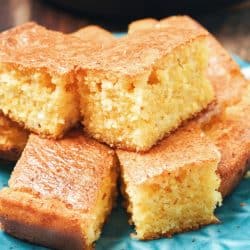
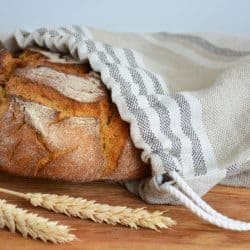
![A contemporary classic kitchen renovation remodeling featuring a pantry storage shelf and maple cabinet, What is the Standard Size of a Pantry? [By Pantry Type]](https://kitchenseer.com/wp-content/uploads/2020/09/A-contemporary-classic-kitchen-renovation-remodeling-featuring-a-pantry-storage-shelf-and-maple-cabinet-250x250.jpg)
![A contemporary classic kitchen renovation remodeling featuring a pantry storage shelf and maple cabinet, Why Does My Pantry Smell Bad? [And How To Fix That]](https://kitchenseer.com/wp-content/uploads/2020/08/A-contemporary-classic-kitchen-renovation-remodeling-featuring-a-pantry-storage-shelf-and-maple-cabinet-250x250.jpg)

![A pantry with jar filled with different ingredients and spices for cooking, How To Get Rid Of Pantry Bugs Naturally [5 Crucial Tips]](https://kitchenseer.com/wp-content/uploads/2020/09/A-Pantry-with-jar-filled-with-different-ingredients-and-spices-for-cooking.-250x250.jpg)